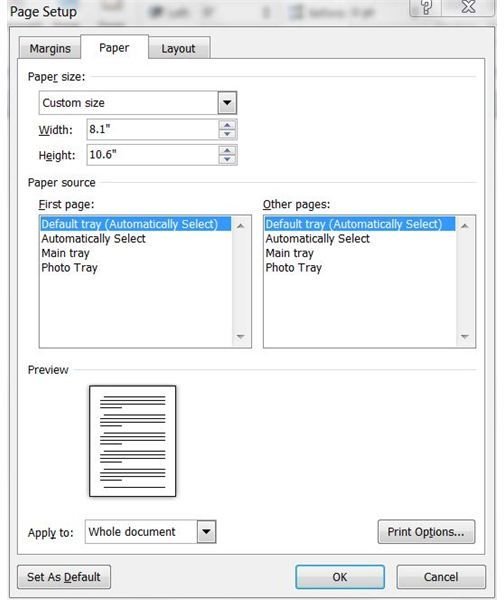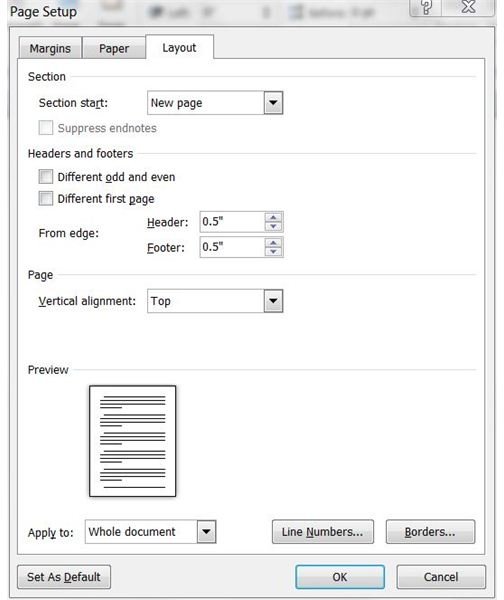Page Layout and Setup Using Microsoft Word - Using Word for Desktop Publishing Projects
Overview
Along with using it to create documents such as forms, letters and resumes, you can use MS Word to make simple publications such as brochures, flyers, booklets and more. The key is knowing how to choose a page layout and setup using Microsoft Word.
Page Setup and Margins
One key of page layout and setup using Microsoft Word is knowing how to use and change margins. Choosing the right page margins ensure your publication looks just as you want it to. The right margin settings are also imperative for publications that you plan to bind, such as booklets. Adding a gutter margin to the sides or tops of publications allow you to staple or bind several pages together without compromising the appearance of or blocking text and graphics.
To use page layout and setup using Microsoft Word margins in Word 2003, go to the File menu and select Page Setup. Go to the Margins tab in the Page Setup dialog box and select the options you want. If you are using Word 2007 or 2010, go to the Page Layout tab of the ribbon. Click on Margins in the Page Setup group. Select the option you want to use from the drop-down menu or click on Custom Margins to open the Page Setup dialog box to the Margins tab.
Go to the Pages list in the Page Setup dialog to find margin options that are useful for
to make a desktop publication. If you are creating a publication with pages facing one another, you might want to use Mirror Margins. In this option, the margins on the left page mirror those on the right. The Book Fold option allows you to create a folded booklet.The 2 Pages Per Sheet option is ideal for creating half-page flyers.
Page Setup and Paper Options

Another helpful feature of page layout and setup using Microsoft Word is the Paper tab of the Page Setup dialog box. Here, you can choose the size of the paper on which you want to print a publication. You can select a standard paper size, such as 8.5" x 11" or A5 paper, or select Custom Size from the Paper Size drop down and then enter the width and height you want to use.
On this tab of the dialog box, you can choose the paper tray to which you want to print, apply paper settings to the entire document or only from that point forward, and set default paper options as well.
Page Layouts

The third tab on the Page Setup dialog box is the Layout tab. This section of page layout and setup using Microsoft Word offers several useful options for desktop publishing.
You can use the settings on this tab to format the sections of a publication, how headers and footers print on pages and the vertical alignment of the pages as well. You can also add line numbers to a publication or format page and paragraph borders.
Examples
Now that you know more about page layout and setup using Microsoft Word, you can move on to creating some basic yet attention-grabbing publications in Word. If you need some ideas and steps to help you, look no further than the Bright Hub library of articles. There are several tutorials on creating publications in Word, such as Making Postcards in Microsoft Word, MS Word How-To: Creating a Flyer, Guide for Making a Brochure with a Microsoft Word Template and Creating a Calendar in MS Word.
